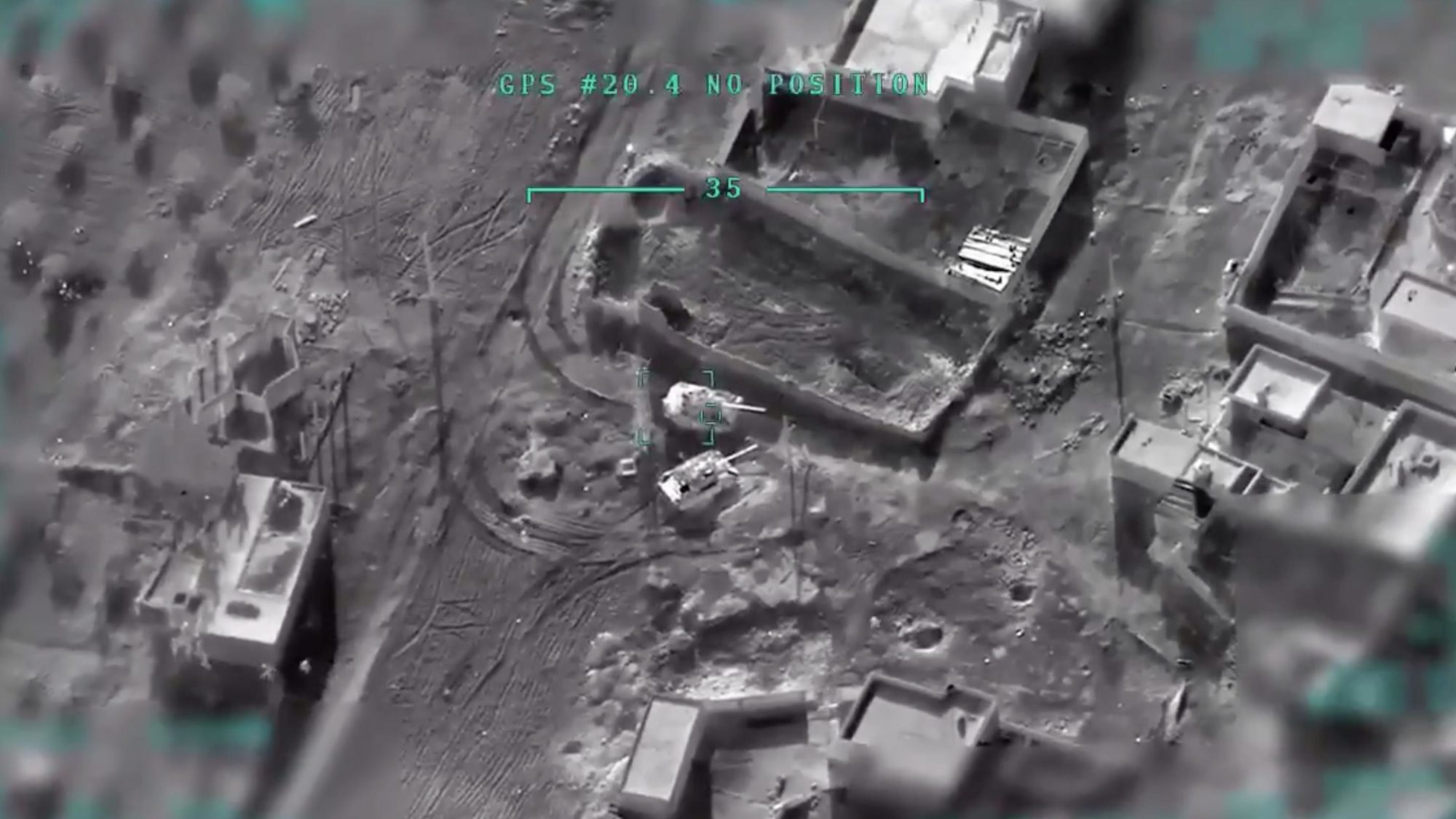Powerful capabilities and disruptive technologies were unleashed to devastating effect on the battlefield—all while combatants captured and uploaded the conflict onto social media in real-time.
The episode provides several signposts for consequential trends already transforming the modern battlefield. Here are three key takeaways that highlight what the recent battle for Idlib province tells us about warfare in this new decade.
What Happened?
The battle for Idlib ignited in December of 2019, when the long-held understanding between Moscow and Ankara over the province began to unravel. In less than two months, scores of towns changed hands, nearly a million additional refugees poured towards Europe, and novel technological capabilities killed hundreds of combatants as Russia, Turkey, and their respective proxies squared off. The parties’ willingness to commit to open battle in Idlib was striking: over 3000 combatants were killed, including scores of Turkish soldiers and eight Russian military personnel.
Fighting ended just as dramatically as it began, when Turkish President Tayyip Erdogan flew to Moscow on March 5 to negotiate with Vladimir Putin, resulting in a ceasefire. As part of the terms, Ankara’s proxies ceded a territory roughly the size of the state of Delaware to Bashar Assad’s forces. Yet, many ambiguities and animosities surround the ceasefire agreement—suggesting that this may only be the first of many battles to come for Idlib province.
Takeaway #1: The drone age is upon us…
The defining hallmark of the battlefield in northern Syria was the widespread use of indigenously produced unmanned aerial vehicles (UAVs). While many of the combatants in Idlib employed UAVs in the typical intelligence, surveillance, and reconnaissance (ISR) role to identify targets, the Turkish military was unparalleled in its use of armed combat drones in tactical air interdiction operations to devastating effect against Bashar Assad’s ground forces.
The battle for Idlib is the writing on the wall: offensive drone technology has already proliferated significantly around the world. Nations like Turkey, Russia, Iran, and China, among others, are producing indigenous drones that can conduct surveillance, targeting, and air interdiction on any adversary. Furthermore, these non-Western producers have already begun exporting this capability. Given the significant economics involved in a maintaining a conventional air force—versus the low cost of drones—various international actors will obtain fleets of combat drones to augment existing air power capabilities over the course of the decade.
In Idlib, Ankara’s drone force proved to be a game changer. During the climactic battle for Saraqib on February 27, Turkey’s campaign in Syria suffered its “darkest night” when an airstrike killed thirty-four Turkish soldiers, plunging the ground operation into doubt in the face of Russian air superiority. Instead of stepping back, Ankara unleashed a devastating, unconventional air campaign against Syrian Army—conducted by Turkey’s fleet of armed combat drones.
The aerial battering of Assad’s forces was so severe that opposition fighters were able to stave off collapse and temporarily retake Saraqib. As a display of their capability, the Turkish Ministry of Defense released a montage of drone-strike footage uncannily resembling the grainy targeting footage to which we are now accustomed to seeing from US counterterrorism operations—captured not from a US MQ-9 Reaper, but Turkish Bayraktar TB2 .
